.png.transform/rendition-xs/image_image%20(1).png)
Bubbly, Fizzy and Sexy! These are the Other Spanish Sparkling Wines
Sparkling wines from surprising places: from the highest altitudes in Rioja to the Castilian meseta, among other examples from different regions
When we talk about sparkling wines from Spain, one word comes to mind before any other: cava. The Spanish sparkling wine, made using the same method as champagne, is mainly produced in Catalonia, and the hub is Sant Sadurní d'Anoia, in the south of Barcelona province. In the same area of influence, there are two other quality brands: Corpinnat and Classic Penedès.
But bubbles aren't limited to Catalonia: Cava is made in other geographical areas with a longstanding tradition (such as Extremadura and the Valencia region, for example) and there are also sparkling wines which are worth talking about, even though they're not cavas. Below is a selection of places and wines that are perfect for toasting this holiday season.
Each of these regions have a special nature. In Galicia, sparkling wines are influenced by the Atlantic character -salinity provided by the proximity to the sea-. Rioja surprises with some sparkling wines born at altitudes that can reach around 900 meters, a situation that allows the acidity of these wines to be maintained and that was traditionally considered unsuitable for winemaking because the red grapes characteristic of this region did not ripen.
We also have sparkling wines born in the Canary Islands that provide, as a differentiating touch, the volcanic soil in which grapes are born and grow. There are also sparkling wines on the Castilian meseta (both in Castile and León and Castilla-La Mancha). In the first case, the potential of the verdejo grape is taken advantage of, while in the second case, there is even a quality brand -Cueva- that brings together the prime sparkling wines from the region. Finally, sparkling wines can be found even in Andalusia, where the range is wide: from the freshness and salinity of those made near the sea to those made from the same Sherry grape, the Palomino Fino, mixed with other white grapes.
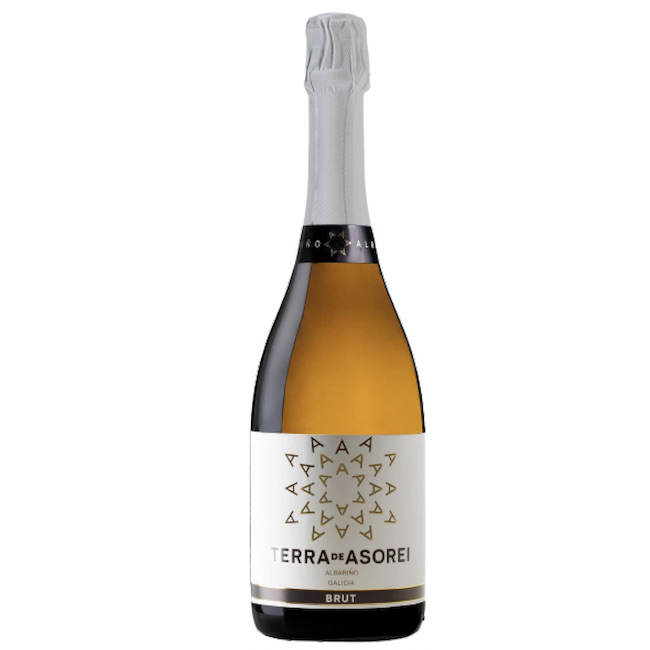
Galicia
In Rías Baixas, there's much more than still Albariño wines. The same white grape is used to make sparkling wines in which the grape is saline and fruity, with notes of bread, due to ageing. Mar de Frades, one of the best-known wineries in the area, produces a Brut Nature with a thermosensitive label: a boat appears when the wine reaches the ideal temperature for drinking. Additionally, every year a sparkling wine of the year is chosen in Galicia. The best of 2023 is Terra de Asorei, which is made with grapes from the Val do Salnés, a high-quality area of the Rías Baixas, and in which notes of baked goods and sponge cake stand out, while aromatic herbs and white fruit, typical of the Albariño grape, appear in the background.
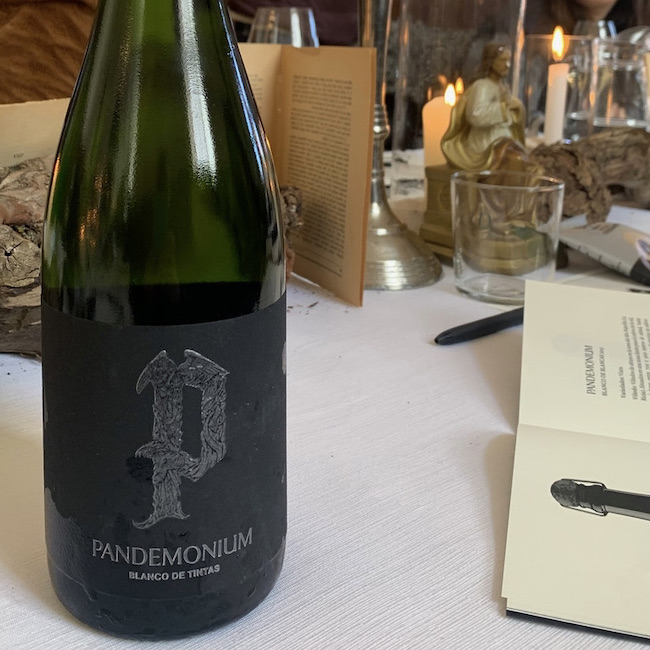
Rioja
But isn't Rioja a red wine region? Yes, but it's not limited to red wines. Sparkling wine production using the area's traditional method has a longstanding tradition, and they were already being made in Haro's Estación neighborhood at the beginning of the 20th century. Although they were discontinued due to a decline in popularity, the Regulatory Council approved quality sparkling wines to be included under the DOCa Rioja in 2016. Bodegas Bilbaínas paid homage to those pioneers with a blanc de noirs (a white wine made from red grapes) made entirely with a red Garnacha grape called Lumen. Vintae also launched a vintage blanc de noirs under the Pandemonium brand (another 100% Garnacha wine). Both have structure, are aromatic, and are very "vinous," due to the type of grape used. Pandemonium also has a "blanc de blancs" version made with Viura, the most traditional white grape of Rioja. They are both produced for vineyards in Alto Najerilla zone, situated at an altitude of between 700 and 900 meters, unusual in Rioja area.
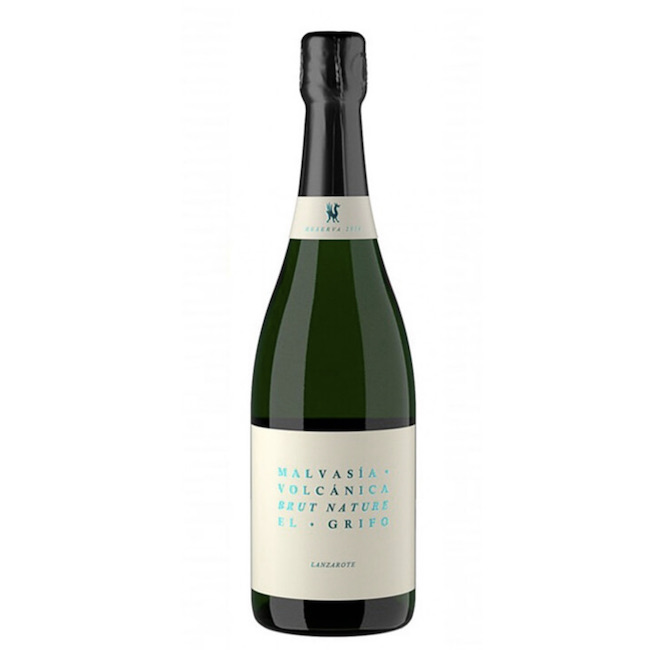
Canary Islands
The peculiarity of the Canary Islands, with its unique soils and native grapes, affects the personality of the wines produced there. Here too, very varied sparkling wines are made, where the raw materials can vary tremendously. An example is the Malvasía Volcánica Brut Nature, from Bodega El Grifo, located on the island of Lanzarote. The volcanic soil brings minerality to a sparkling wine made with the traditional method and also presents notes of bread due to the ageing on lees. Another example is Paisaje de las Islas, from Bodegas Tajinaste (La Orotava, Santa Cruz de Tenerife), where they work with red Listán Negro grapes, with tropical and floral aromas and syrupy fruit, to produce a very gastronomic sparkling wine.
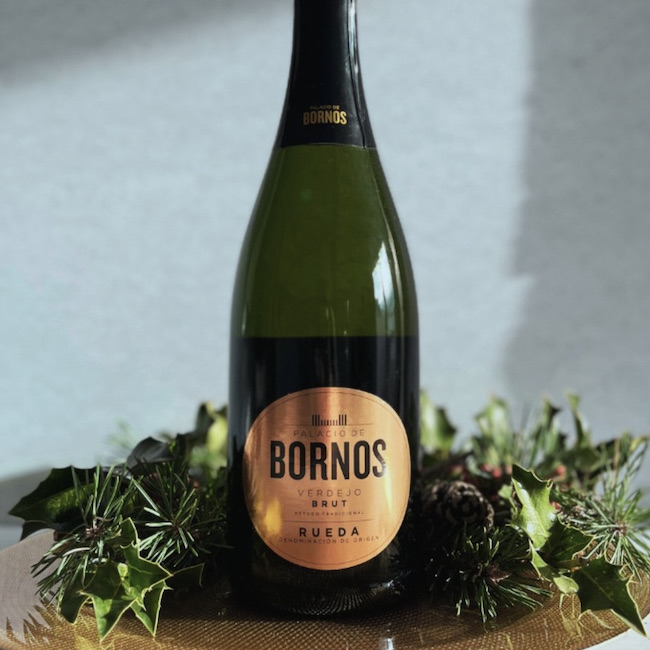
Castile and León
Verdejo is Rueda DO's main grape and also the raw material for producing sparkling wines that reflect the grape's identity and are usually made using the traditional method. An example is the Brut Nature from Palacio de Bornos. It's elegant and aromatic, with notes of ripe grapes and toasted notes due to the second fermentation. Another winery, Yllera, makes a Colección de Familia by blending Verdejo with Chardonnay, resulting in a very creamy sparkling wine.
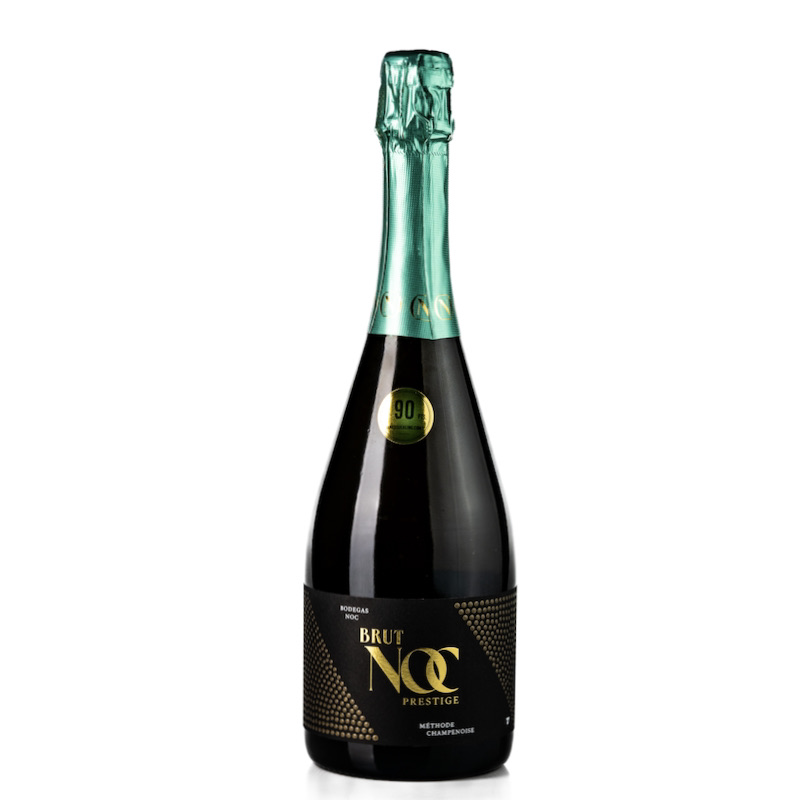
Castile-La Mancha
This Spanish region has the Cueva quality label for the production of sparkling wines using the traditional method. This means that the resulting wines must have clean and fruity aromas, as well as structure and balance. Wines from Viñedos y Reservas, in the town of Villanueva de Alcardete (Toledo), are behind this quality label. The wines are made using Chardonnay, Macabeo and mainly Airén, the most commonly found in La Mancha. Examples are Carolas Reserva and Cuevas Santoyo Brut. Beyond this quality label, there are also those of other wineries such as NOC, located in the Montes de Toledo and which produce an unusual sparkling wine: NOC Brut Prestige, the only brut in the world made from Viognier grapes, blended with Chardonnay grapes, which yields a wine with a strong aroma of white fruit and light notes of bread.
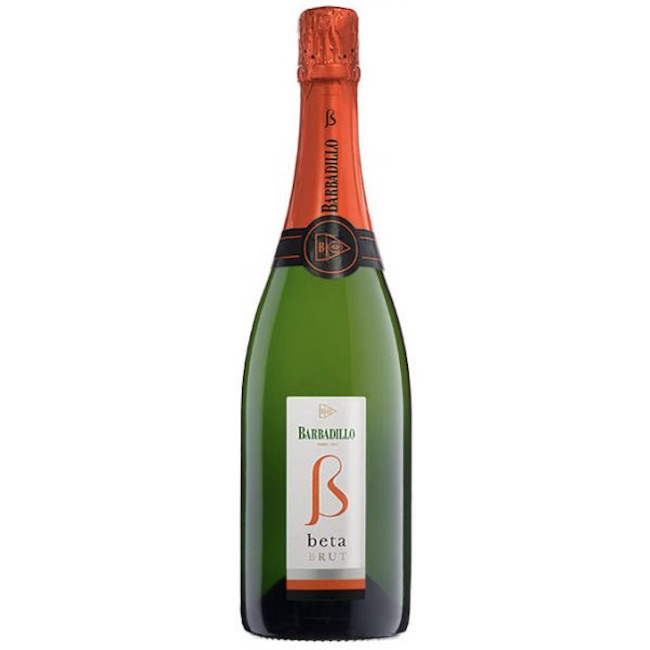
Andalusia
Our journey to discover other Spanish sparkling wines ends with a visit to Andalusia, where there is life beyond the fortified wines of Jerez. One example is the sparkling wine BETA Sur, from Bodegas Barbadillo, in Sanlúcar de Barrameda (Cádiz). It's made using the traditional method and the grape is Palomino Fino, the same grape used to make sherry wines, blended with Chardonnay. This Brut Nature has aromas of white fruit and notes of sweet dough. Another example, this time from Condado de Huelva, is Lumé Brut, from Bodegas Contreras Ruiz. Made entirely from Zalema grapes, it's mineral, saline, and very fresh.

